While the years following the original run of titles released by Team Silent are not often considered a prosperous time for the franchise, Silent Hill: Shattered Memories has managed to be remembered as a release which went against the reputation of lackluster rehashes. It may not have achieved the same degree of recognition that the first four games in the series have largely maintained, but its focus on innovation which challenged genre tropes has seen Silent Hill: Shattered Memories earn the status of an underrated gem in recent years.
The success of 2024’s Silent Hill 2 remake has shown the persistent value of the classic era of the series that cemented its place in the history of survival horror, but it’s not Konami’s first attempt at reimagining that period. Shattered Memories was designed as a soft reboot which returned to the original game, and this came with a drastic shift away from the very core of the IP’s gameplay. While it’s unfortunate that a hiatus soon followed the middling reception to this new vision, a future informed by its strengths could have given the Silent Hill franchise brand new life over a decade ago.
Although Silent Hill: Shattered Memories technically first released in North America on the Wii in December 2009, its broader launch on the PlayStation 2 and PlayStation Portable began on January 19, 2010.
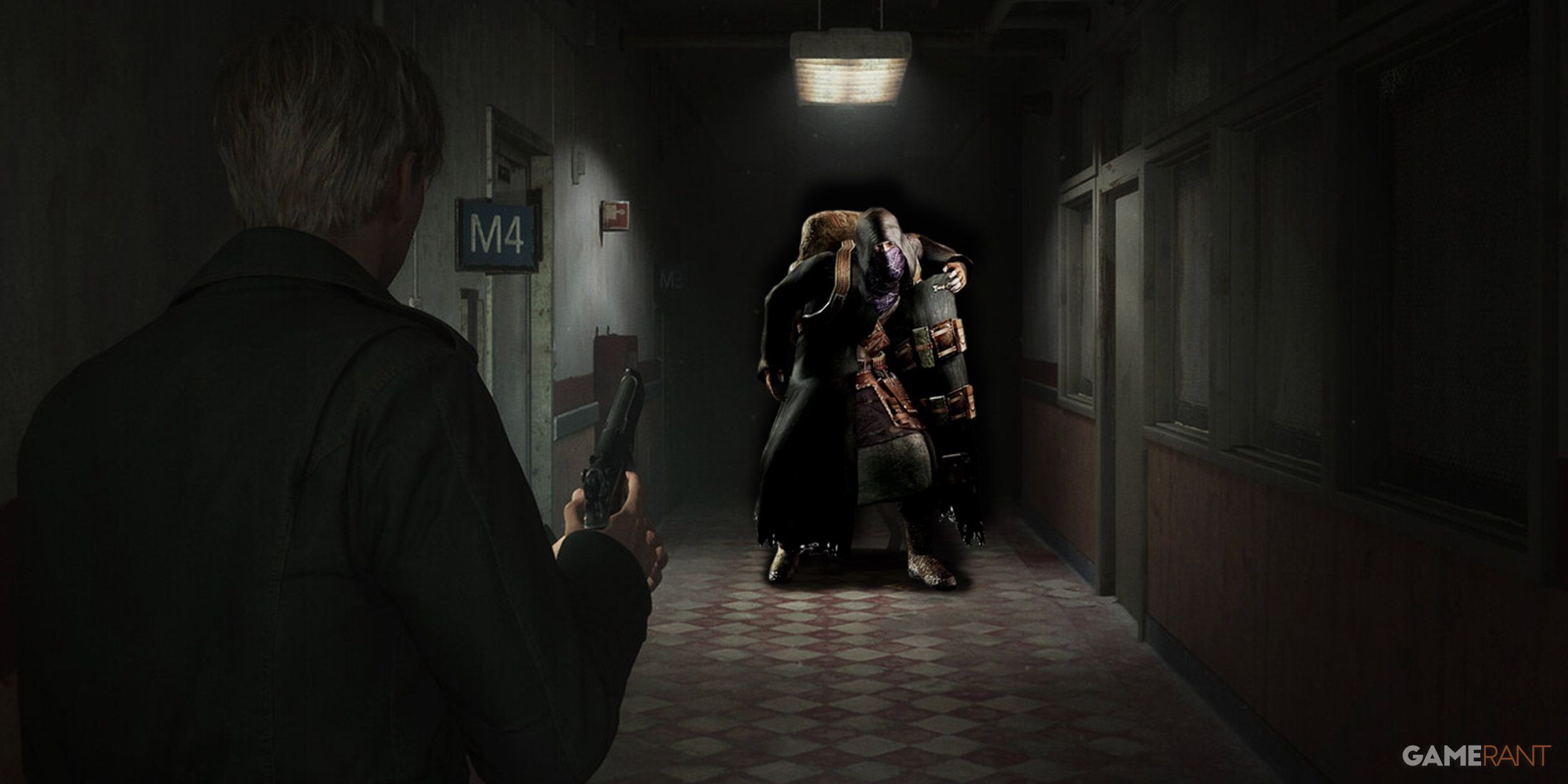
Related
One Missing Silent Hill 2 Feature Shows Resident Evil 9 Shouldn’t Abandon a Series Staple
The Resident Evil franchise has had an on-again, off-again relationship with one major feature, and Silent Hill 2 proves that it should be on again.
Silent Hill: Shattered Memories Marked a Full Departure into Psychological Thriller Territory
A Rebooted Vision Outside the Typical Supernatural Horror of the Town
There’s always been a profound sense of weakness behind the terror of being a regular person thrust into the darkness of Silent Hill‘s otherworldly power, leaving the player with limited resources to fight off monsters that reflect inner demons. With less weaponry and combat experience than Resident Evil, the protagonists of Silent Hill have never been focused around their prowess at taking down enemies. Shattered Memories took this even further, completely removing traditional weaponry and combat entirely in favor of a flashlight and smartphone. The typical Otherworld is now the icy Nightmare, where the monsters, now limited to one variety, can only be evaded and impeded during tense chases.
Apart from puzzles and character names, the town of Silent Hill: Shattered Memories is removed from the series in practically every way. It’s clear by the end of the game that the cult from the Team Silent titles seems to have no place in this story, with every element of horror actually originating from the mental distress of its cast. Between the complete lack of conventional action and this move away from recognizable themes, it’s possible that this game could have signaled a shift away from the survival horror classification as a whole.
Making the Most of a Twist Ending for Harry Mason
Retaining the Franchise Spirit From a Totally Personal Angle
The concept of self-reflection and grappling with one’s own self might have already been foundational to SH from the beginning, but Silent Hill: Shattered Memories psychologically profiling the player took it a step further. Gameplay is split between controlling Harry Mason in the town and segments set within a session with a therapist who gradually creates a profile of him based on actions taken and responses to direct questions.
This initially seems like a compelling enough framing device for its novelty alone, but Silent Hill‘s Harry Mason is ultimately revealed to simply be a figment of the mind of the game’s true protagonist, Cheryl Mason. Whatever his personality is determined to be by the end of the game is actually representative of how she remembers him from when he was alive, leading to the shocking realization that the player has unknowingly been on a journey of processing grief and familial trauma.
The Newer Horror of Introspection Goes Deeper Than Previous Titles
The formula of a dramatic twist used to surprise the player and recontextualize the story has been used to great success in other SH titles. The truth of the roles of Silent Hill protagonists James Sunderland or Heather Mason in the titular town stand as highlights of the franchise’s ominous appeal. By offering a distinct variation on the scenario through profiling the player, Shattered Memories takes this even further too, tailoring its tragedy to the perceived vices of the player. Harry can be shown to have struggled with addiction or lust in a way that deepens Heather’s psychological wounds, prompting the player to consider the consequences that accepting seemingly innocuous vices can have on others.
Shattered Memories Represents an Unexplored Direction for Silent Hill’s Future
Silent Hill Hasn’t Aimed for Interactive Elements With the Same Level of Care Since
At the heart of what sets Silent Hill: Shattered Memories apart is an emphasis on nuanced interactive story elements, an experimental approach to customization which Konami hasn’t replicated since. This design is based around personalization, which is a risky idea in terms of featuring a well-crafted narrative hinging on solid pacing. This game rose to the task by being built on the foundation of this conceit, providing what may have been the freshest vision for Silent Hill since its initial inception.
It seemingly built on the fluid nature of the titular room in SH4, achieving a meta feeling that only P.T.‘s community-driven investigation has since evoked. With the increasing recognition of Shattered Memories‘ strengths becoming evident over the years since its release, it’s even reasonable to say that poorly received ideas such as the Karma system in Book of Memories, or story voting in Ascension have been weaker instances of similar attempts at deeper interactivity.
Cult Classic Appeal Casts a Shadow Over Newer Silent Hill Titles
The mixed reception of Silent Hill: Downpour would follow it as the only substantial offering of the franchise until the recent SH2 remake, leaving the IP widely known for its standard survival horror fare, for better or worse, to this day. Shattered Memories remains as an outlier in the catalog, and it’s possible that the 2010s could have held much more for the IP if its style was able to continue to develop and branch out of the survival horror framework. As technology develops and genres inevitably blur into each other in the future, this odd but thought-provoking Silent Hill outing is likely to prove itself as far ahead of its time.
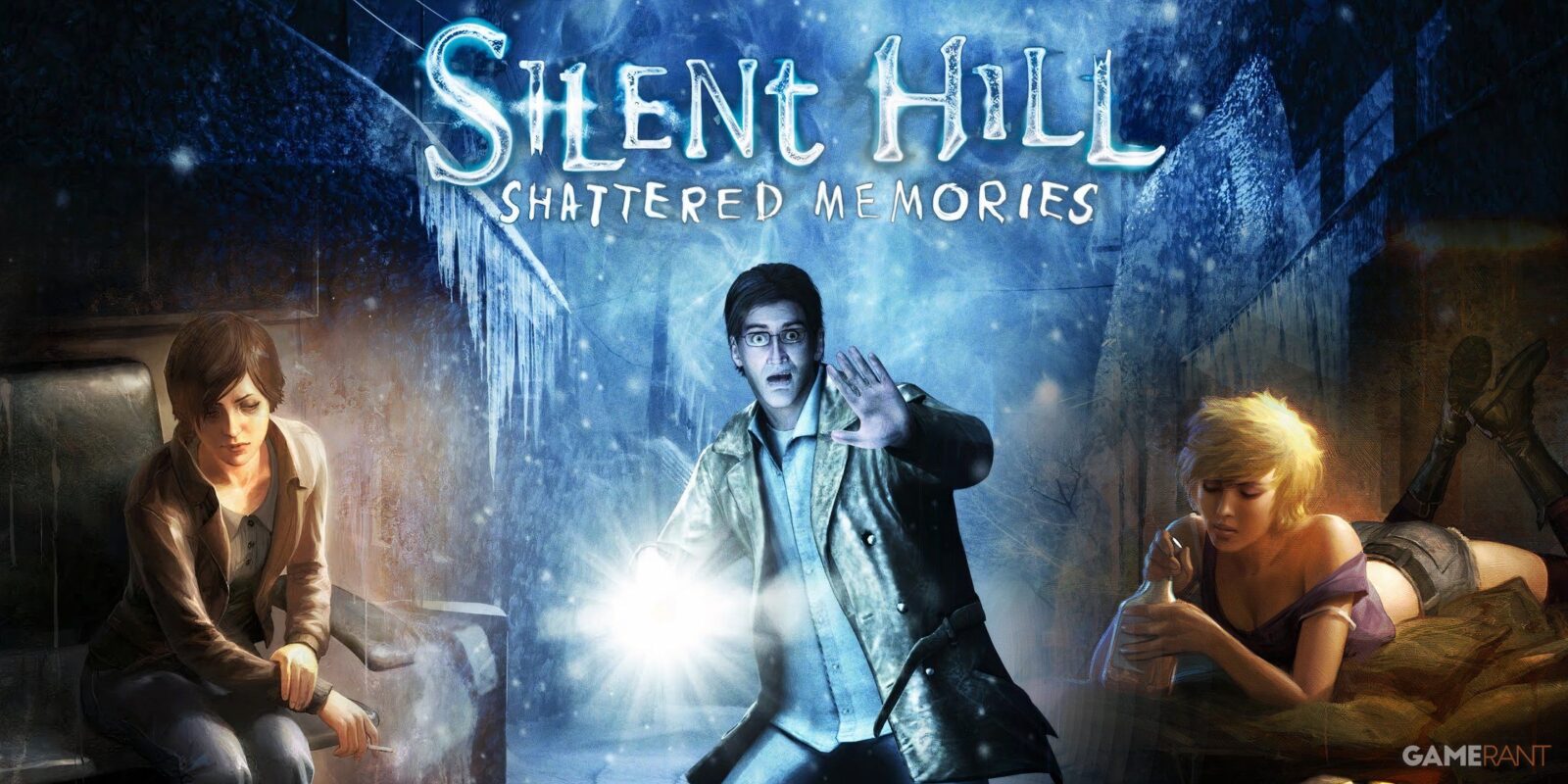

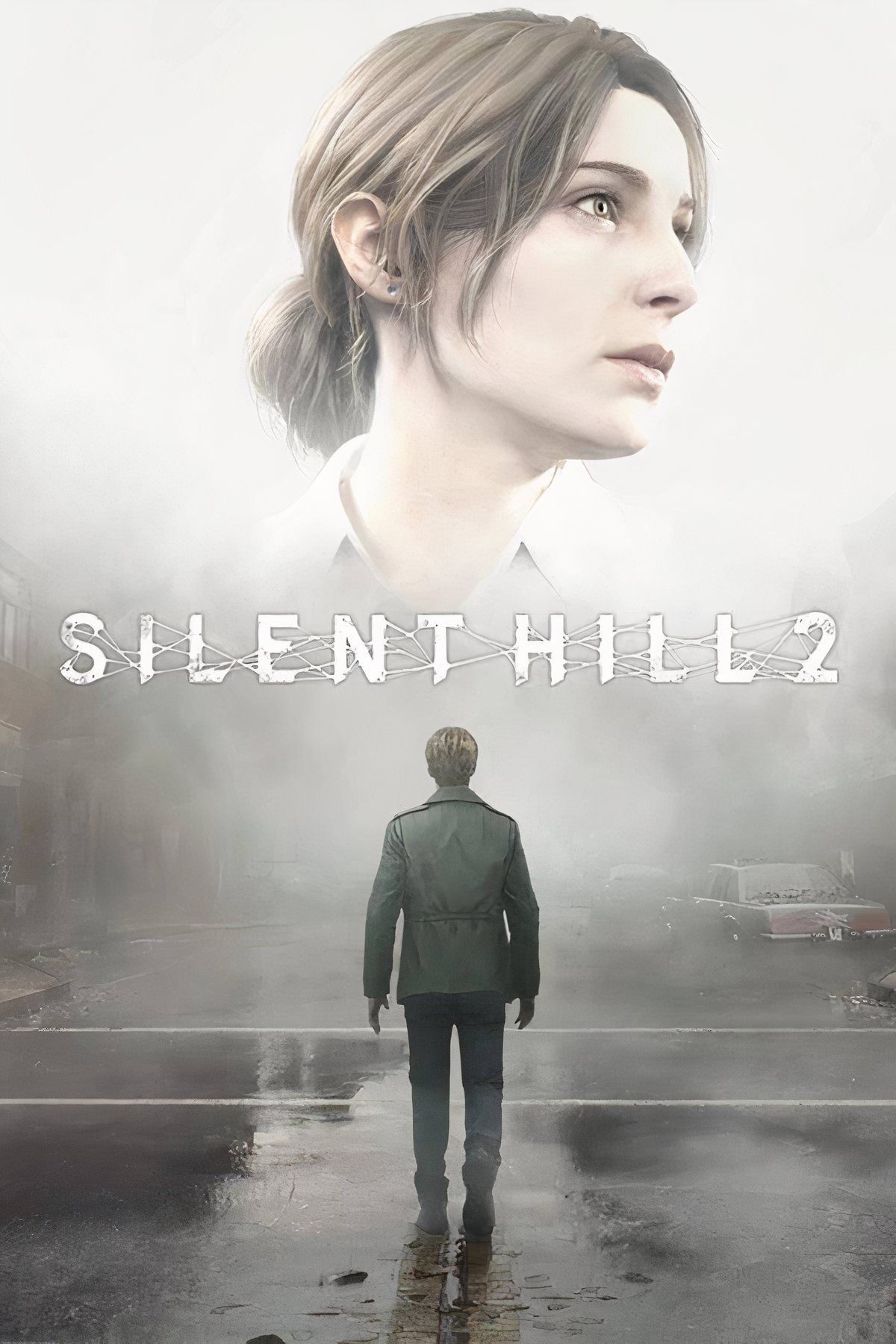


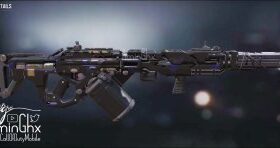



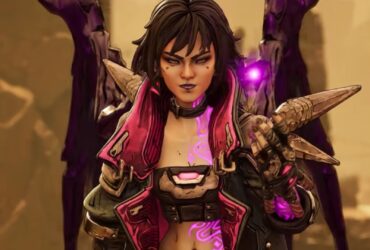

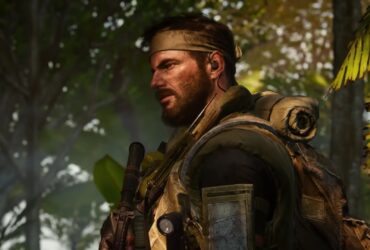
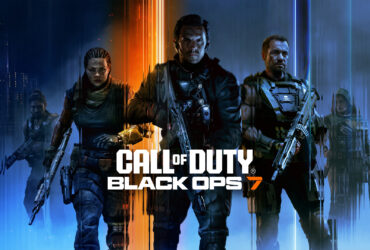

Leave a Reply